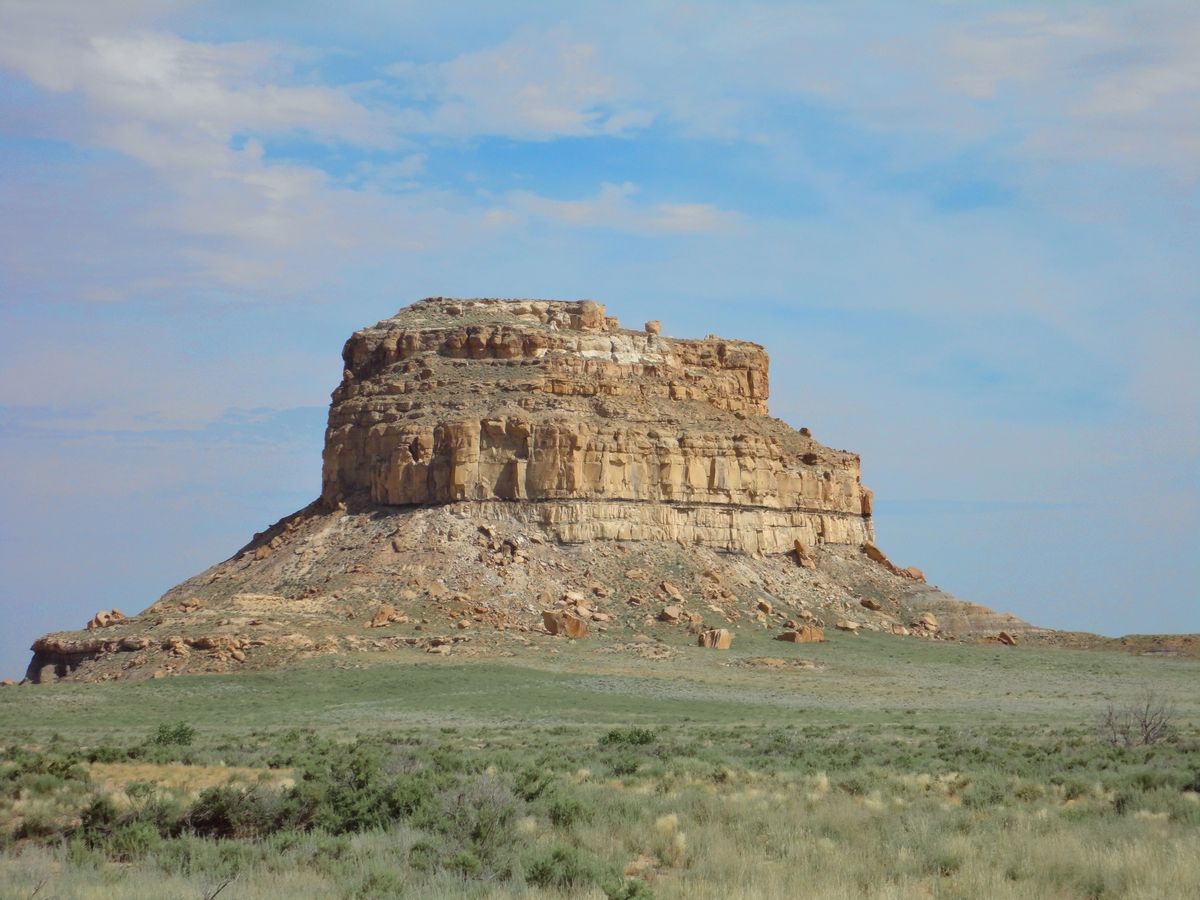Secrets Of New Mexico’s Prehistoric Solar Markers

Have you ever wondered how ancient civilizations tracked time and seasons? New Mexico holds some of the most intriguing prehistoric solar markers that reveal the ingenuity of early inhabitants. These markers, often carved into rocks or aligned with natural formations, were used to observe the sun's movements. They helped ancient people determine solstices, equinoxes, and other significant dates. Visiting these sites offers a glimpse into the past, showing how our ancestors connected with the cosmos. Whether you're a history buff or just curious, exploring these markers can be a fascinating journey into human innovation and natural beauty.
Discovering New Mexico's Prehistoric Solar Markers
New Mexico, a land rich in history and culture, holds many secrets from ancient times. Among these are the prehistoric solar markers, fascinating remnants of early civilizations that used the sun to mark time and seasons. Let's explore some of these incredible sites.
Chaco Canyon
Chaco Canyon, a UNESCO World Heritage Site, is one of the most significant archaeological areas in the United States. It was a major center of Ancestral Puebloan culture.
Fajada Butte: This site features the famous "Sun Dagger," a rock formation that casts light patterns marking solstices and equinoxes. Ancient people used these patterns to track the solar calendar.
Pueblo Bonito: The largest great house in Chaco Canyon, Pueblo Bonito, aligns with solar and lunar cycles. Its construction showcases the advanced astronomical knowledge of the Ancestral Puebloans.
Petroglyph National Monument
Petroglyph National Monument, located near Albuquerque, is home to thousands of ancient rock carvings. Some of these petroglyphs are believed to be solar markers.
Rinconada Canyon: This area contains numerous petroglyphs that align with the sun during solstices and equinoxes. These carvings provide insight into the spiritual and practical lives of the ancient inhabitants.
Boca Negra Canyon: Another significant site within the monument, Boca Negra Canyon, features petroglyphs that may have been used to mark important solar events. The carvings here are a testament to the ingenuity of early cultures.
Gila Cliff Dwellings
The Gila Cliff Dwellings, located in the Gila National Forest, offer a glimpse into the lives of the Mogollon people. These ancient dwellings also contain solar markers.
Cliff Dwelling 3: This particular dwelling has a small window that aligns with the sun during the winter solstice. The light that passes through this window marks the shortest day of the year, highlighting the Mogollon people's understanding of solar cycles.
Cliff Dwelling 5: Another dwelling with solar significance, Cliff Dwelling 5, features a series of petroglyphs that align with the sun during equinoxes. These markers were likely used to track the changing seasons.
Bandelier National Monument
Bandelier National Monument, known for its well-preserved cliff dwellings and kivas, also contains prehistoric solar markers.
Tyuonyi Pueblo: This ancient village has structures that align with the sun during solstices. The alignment of these buildings demonstrates the importance of solar events in the daily lives of the Ancestral Puebloans.
Frijoles Canyon: The canyon walls contain petroglyphs that align with the sun during key solar events. These carvings provide valuable information about the astronomical knowledge of the ancient inhabitants.
Aztec Ruins National Monument
Aztec Ruins National Monument, located in northwestern New Mexico, is another site with significant solar markers.
Great Kiva: The Great Kiva at Aztec Ruins is aligned with the sun during solstices and equinoxes. This alignment suggests that the structure was used for ceremonial purposes related to solar events.
West Ruin: This part of the monument contains several structures that align with the sun during important solar events. These alignments highlight the advanced astronomical understanding of the ancient builders.
Timeless Wonders of New Mexico
New Mexico's prehistoric solar markers are more than ancient artifacts. They connect us to a time when people relied on the sun to guide their lives. These markers, found in places like Chaco Canyon and Fajada Butte, show advanced knowledge of astronomy. They also highlight the deep spiritual connection early inhabitants had with the natural world.
Visiting these sites offers a unique glimpse into the past. It’s a chance to see how ancient cultures understood and respected the cosmos. Exploring these markers can be a powerful experience, reminding us of our shared human history.
Whether you're a history buff or just curious, New Mexico's solar markers are worth the trip. They stand as timeless wonders, bridging the gap between past and present. So next time you’re in New Mexico, take a moment to appreciate these incredible pieces of history.

